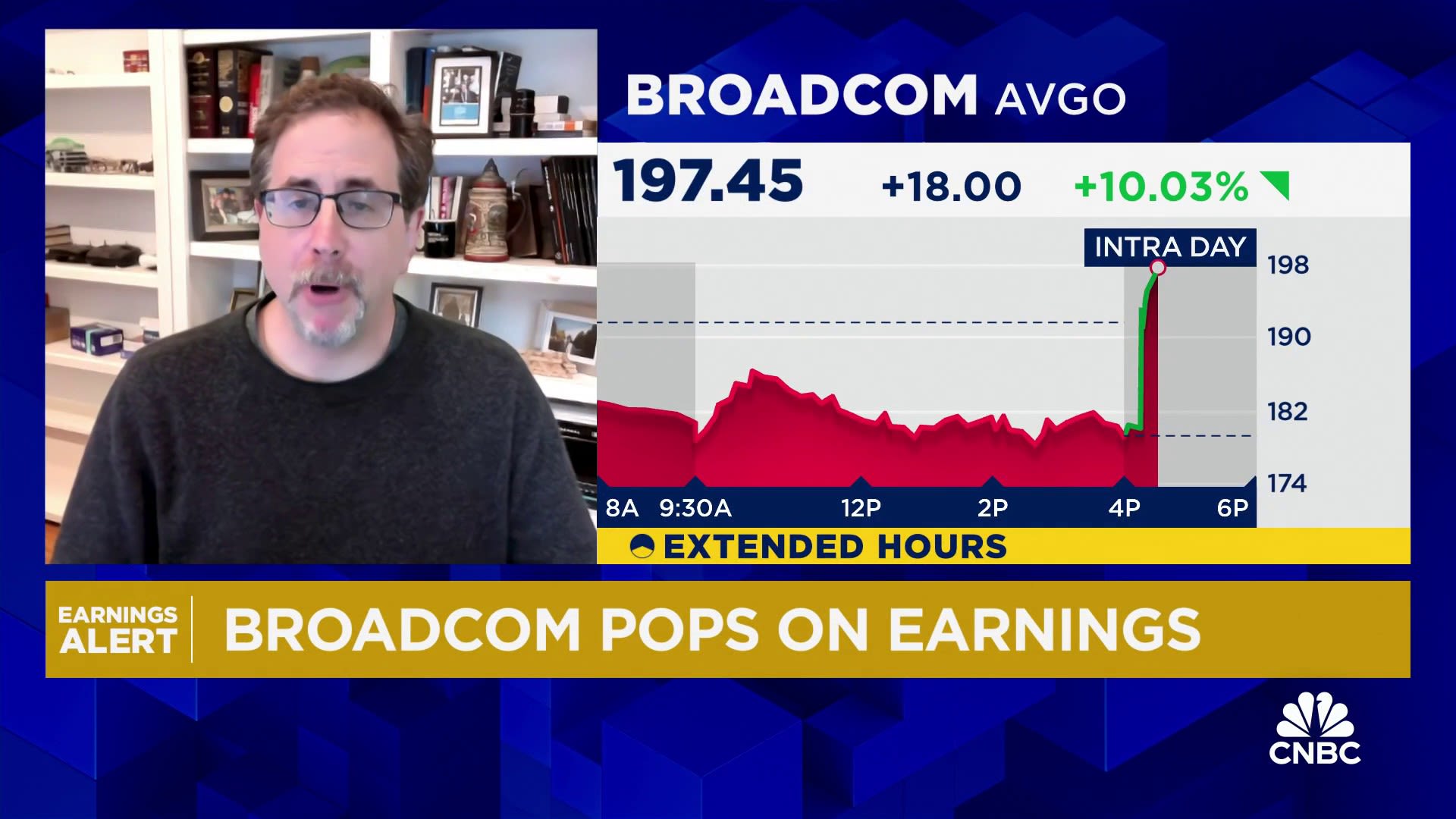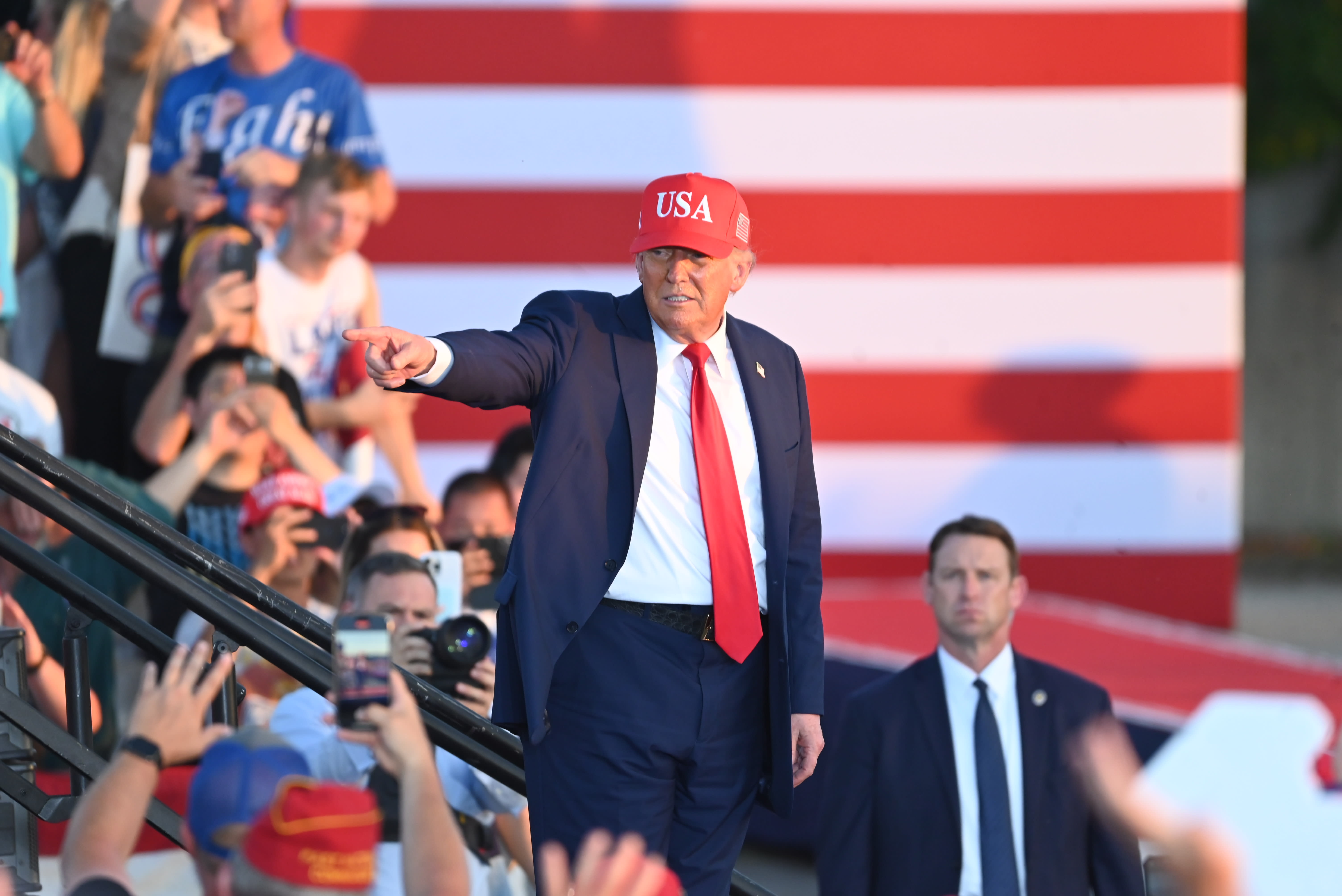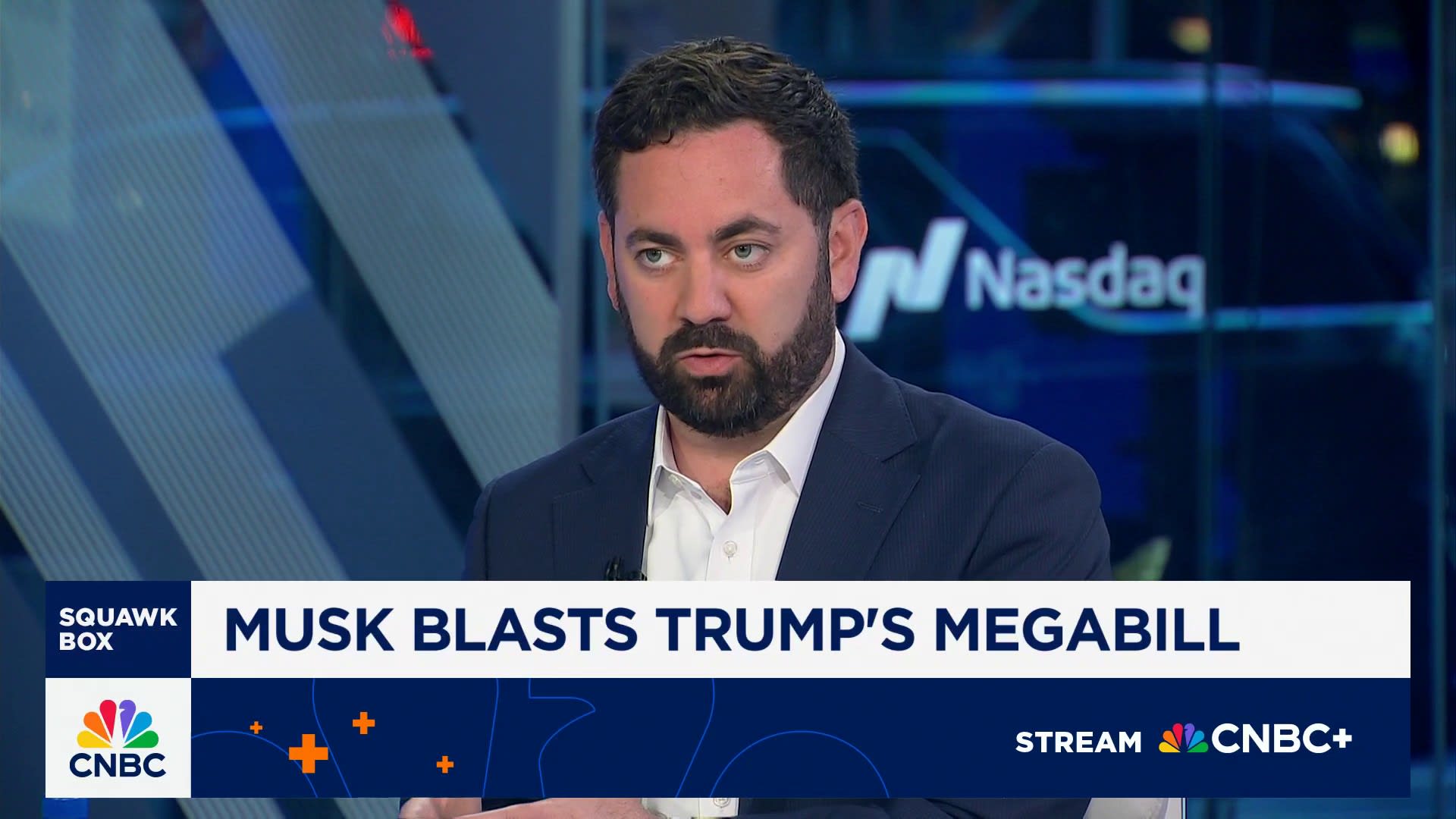Wells Fargo extended its recent winning streak to six straight sessions Friday despite missed expectations on third-quarter revenue. Investors focused instead on the bank running leaner and generating better-than-expected profitability. Total revenue for the three months ended Sept. 30 fell 2.4% versus last year, to $20.37 billion, missing analysts’ expectations of $20.42 billion, according to LSEG. Wells Fargo reported results before Friday’s opening bell. Earnings of $1.52 per share, however, was above Wall Street’s consensus estimate of $1.28 per share, LSEG data showed. Adjusted EPS excluded a 10-cent-per-share hit due to “losses on debt securities related to a repositioning of the investment securities portfolio.” That said, even before the adjustment, the reported EPS of $1.42, still looks good versus expectations. As for guidance , it was a bit mixed. However, the more important factor is that management believes net interest income (NII) pressure resulting from interest rate dynamics is bottoming out and expects it to rebound in 2025. WFC YTD mountain Wells Fargo YTD Shares of Wells Fargo surged 6% on the release to more than $61. That’s just shy of their 52-week high of $62.55 back in May, which was also the highest level since January 2018. Bottom line We’re raising our price target on the stock to $66 per share from $62 and reiterating our buy-equivalent 1 rating . The reasons are three-fold: We like the efficiency gains at the bank; the progress being made to get the Federal Reserve-imposed asset cap lifted; and the optimistic outlook for the economy and inflation. Commentary Wells Fargo’s quarterly revenue disappointed as net interest income came up short due to a miss in the bank’s net interest margin (NIM) as both loan and deposits were a bit lower than expected. That’s the bad. The good, however, more than offsets those misses. Non-interest income, or fee-based income, which has been a major focus for the Street, advanced nearly 12% year over year and exceeded expectations. Fee-based income growth is a major factor in our investment thesis as it is more predictable and allows the bank to be less at the mercy of interest rate dynamics that it can’t control. Wells Fargo Why we own it : We bought Wells Fargo as a turnaround story under CEO Charlie Scharf. He’s been making progress cleaning up the bank’s act and fixing its previously bloated cost structure after a series of misdeeds before his tenure. Scharf has also been working to get the Fed’s $1.95 trillion asset cap lifted and to boost Wells Fargo’s fee-generating revenue streams. Competitors : Bank of America and Citigroup Weight in Club portfolio : 4.76% Most recent buy : Aug. 7, 2024 Initiated : Jan. 8, 2021 CEO Charles Scharf kicked off his prepared remarks on the conference call by saying, “Our earnings profile is very different than it was five years ago, as we’ve been making strategic investments in many of our businesses and deemphasizing or selling others. Our revenue sources are more diverse, and our fee-based revenue has grown 16% during the first nine months of the year, largely offsetting the net interest income headwinds we have faced over the last year.” Wells Fargo’s overall efficiency ratio was also below expectations. That’s a positive as this is calculated by dividing total non-interest expenses by net revenue — so, the lower the ratio, the more efficiently the bank is operating. At the same time, the firm’s common equity tier 1 (CET) ratio — which compares a bank’s capital against its risk-weighted assets — was above expectations, indicating that Wells Fargo still has plenty of excess capital to reinvest in the business while still returning cash to shareholders. During Q3, management returned $3.5 billion to shareholders via buybacks and another $1.4 billion via dividends. Tangible book value per share (TBVPS) came in well ahead of expectations, increasing nearly 12% year over year, as did return on tangible common equity (ROTCE), a key metric that investors rely on to determine the appropriate valuation multiple to put on a financial institution. Higher level, indicating resilience in the broader U.S. economy Scharf said on the call, “Customers in our consumer businesses continue to hold up relatively well, benefiting from the strong labor market and wage growth. … We continue to look for changes in consumer health, but we have not seen meaningful changes in trends when looking at delinquency statistics across our consumer credit portfolios. Both credit card and debit card spend were up in the third quarter from a year ago. And although the pace of growth has slowed, it is still healthy. … The benefits of inflation slowing and interest rates starting to ease should be helpful to all customers but especially those on the lower end of the income scale.” Scharf added, “Looking ahead, overall, the U.S. economy remains strong with inflation slowing and a resilient labor market, boosting income and supporting consumer spending. Company balance sheets are strong, contributing to both consumption and investment in the economy but slowing demand for commercial lending. We continue to be prepared for a variety of economic environments, and we’ll balance our desire to increase returns and grow while protecting the downside.” Bank earnings are especially important for investors to focus on because of all the money and business that flows through these big institutions. Management teams like Wells Fargo’s are uniquely positioned to opine not only on the path ahead for their businesses but the economy more broadly. We come away from the call feeling good not only about Wells Fargo’s setup for next year. As Scharf continues to clean-up Wells Fargo after misdeeds that predated his tenure, we could see the bank’s $1.95 trillion asset cap lifted in 2025. That would allow the bank to grow its balance sheet and return more capital to shareholders. In advance of the asset-cap decision, Scharf has been ramping up Wells Fargo’s corporate and investment banking (CIB) division. He made a series of senior-level hires in recent years. A resurgence in Wall Street dealmaking — both mergers and acquisitions and initial public offerings — will benefit Wells Fargo. Our other financial name Morgan Stanley, which reports earnings next Wednesday, stands to gain even more from dealmaking because a greater percentage of its revenue is tied to investment banking. Guidance Wells Fargo’s management team updated its outlook for the remainder of the year, now expecting NII to be down about 9% versus the $52.4 billion result we saw in 2023. That puts us at the higher end of the down 8% to 9% range previously provided. A decline of 9% would mean roughly $47.66 billion in NII, below the $48.99 billion expected, according to FactSet. The update isn’t all that surprising given what we’ve seen with rates this year. More important is the team’s commentary that they still expect to see NII to trough this year before rebounding in 2025. NII in the current (fourth) quarter is expected to be in line with the third quarter result, which is what one would expect to see right before a rebound. (Jim Cramer’s Charitable Trust is long WFC. See here for a full list of the stocks.) As a subscriber to the CNBC Investing Club with Jim Cramer, you will receive a trade alert before Jim makes a trade. Jim waits 45 minutes after sending a trade alert before buying or selling a stock in his charitable trust’s portfolio. If Jim has talked about a stock on CNBC TV, he waits 72 hours after issuing the trade alert before executing the trade. THE ABOVE INVESTING CLUB INFORMATION IS SUBJECT TO OUR TERMS AND CONDITIONS AND PRIVACY POLICY , TOGETHER WITH OUR DISCLAIMER . NO FIDUCIARY OBLIGATION OR DUTY EXISTS, OR IS CREATED, BY VIRTUE OF YOUR RECEIPT OF ANY INFORMATION PROVIDED IN CONNECTION WITH THE INVESTING CLUB. NO SPECIFIC OUTCOME OR PROFIT IS GUARANTEED.











